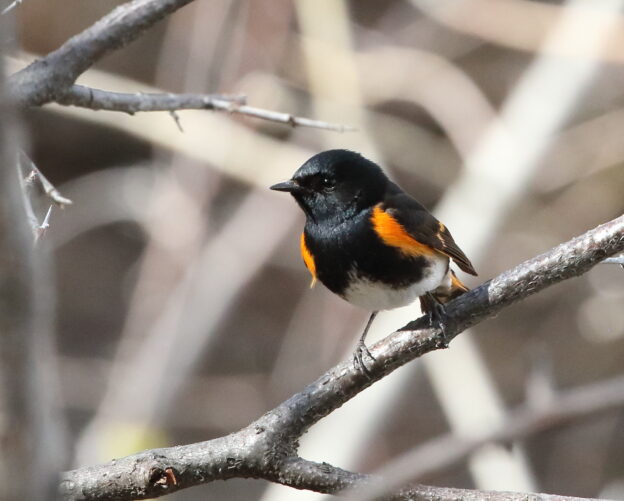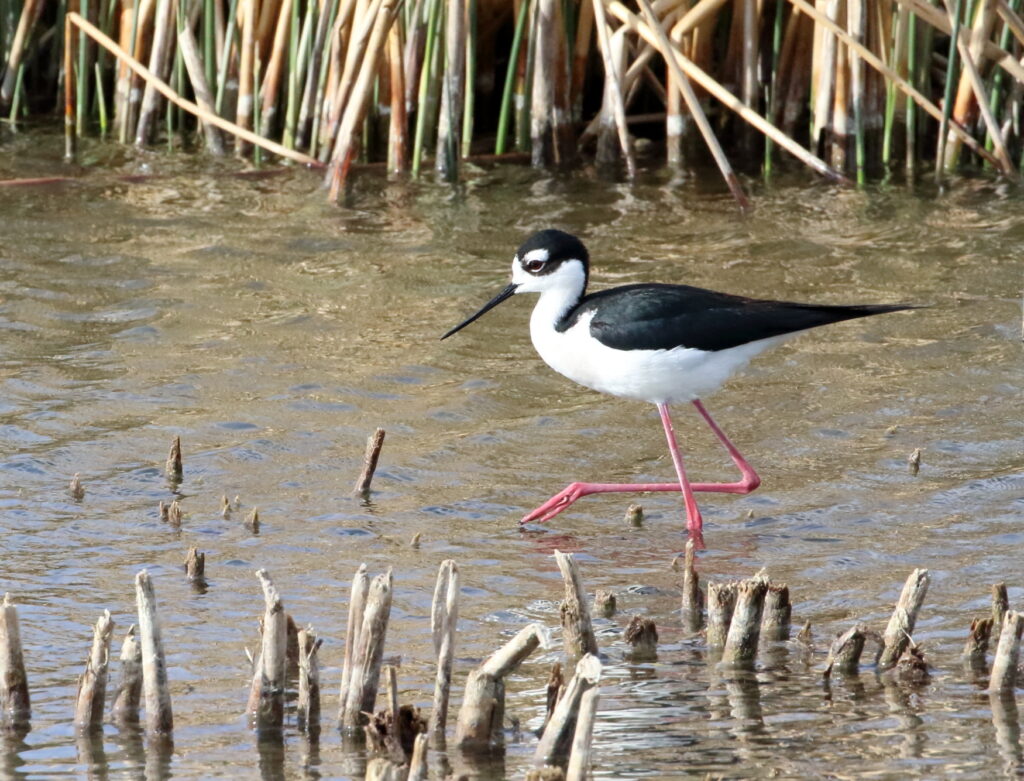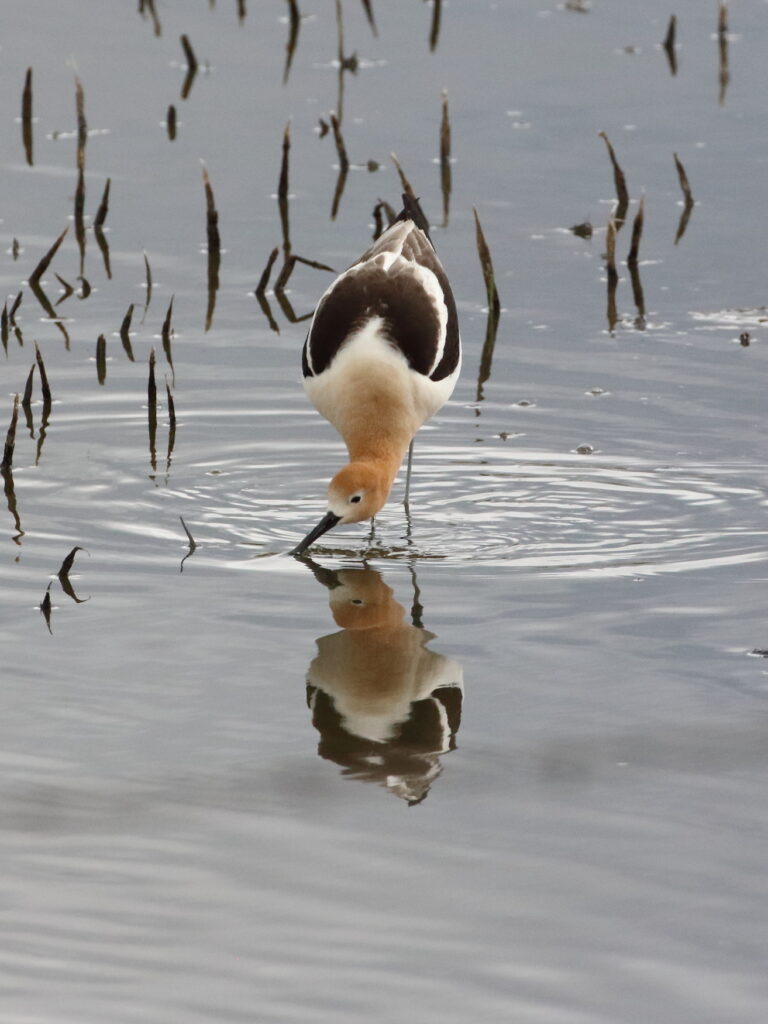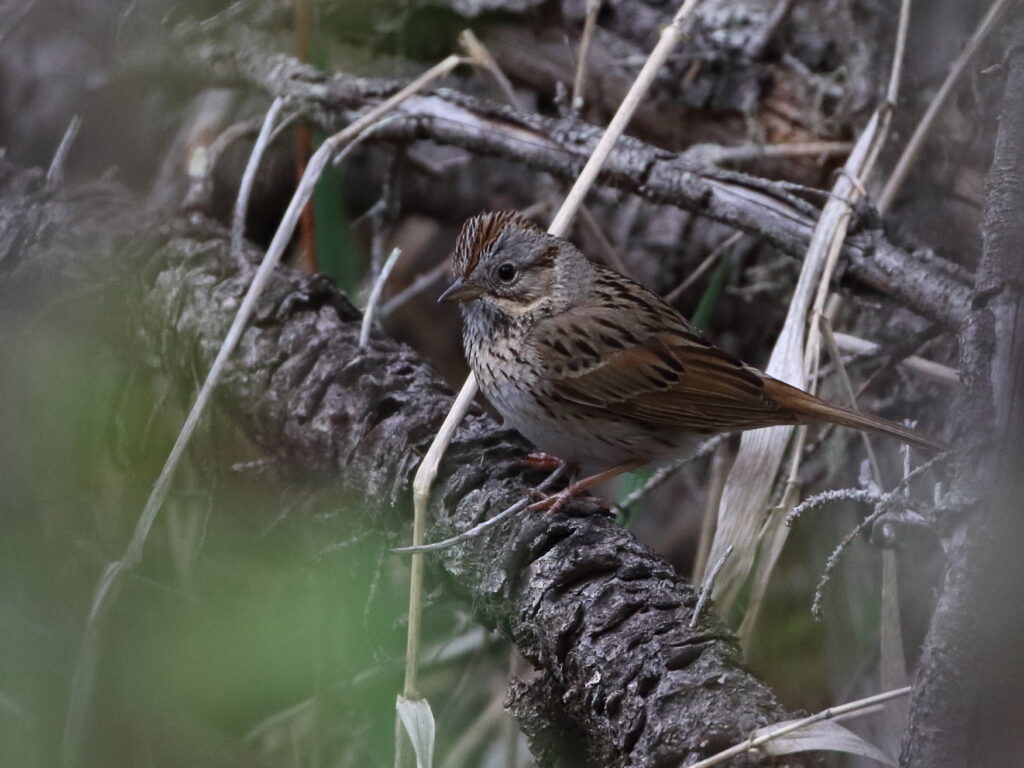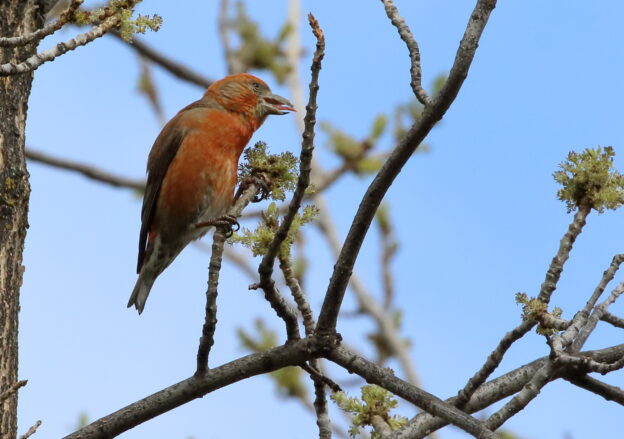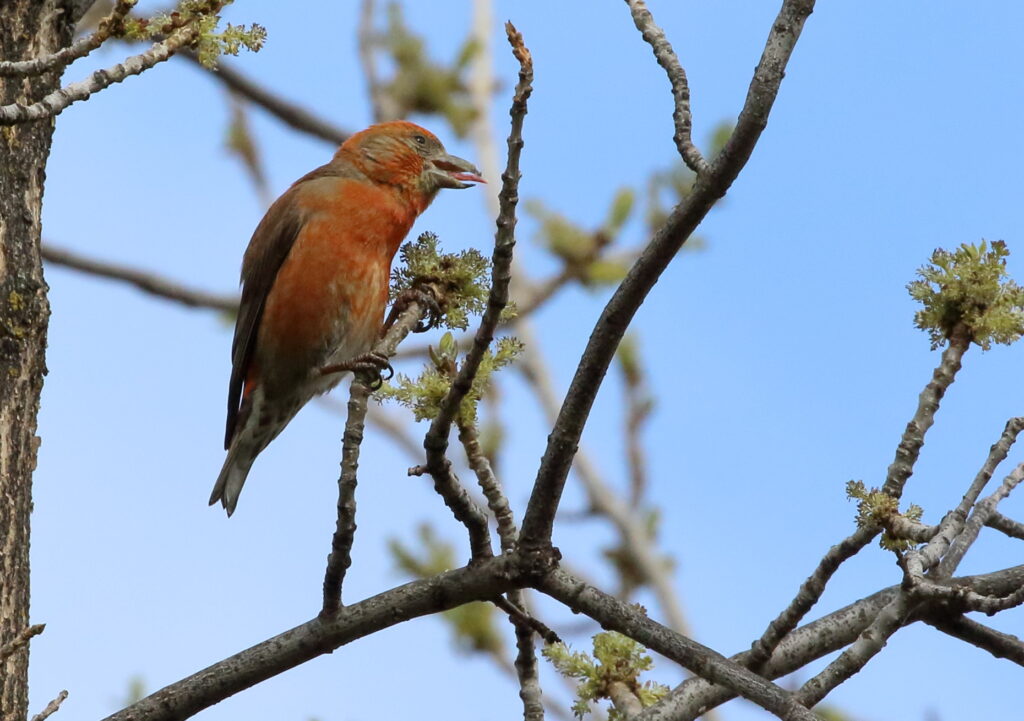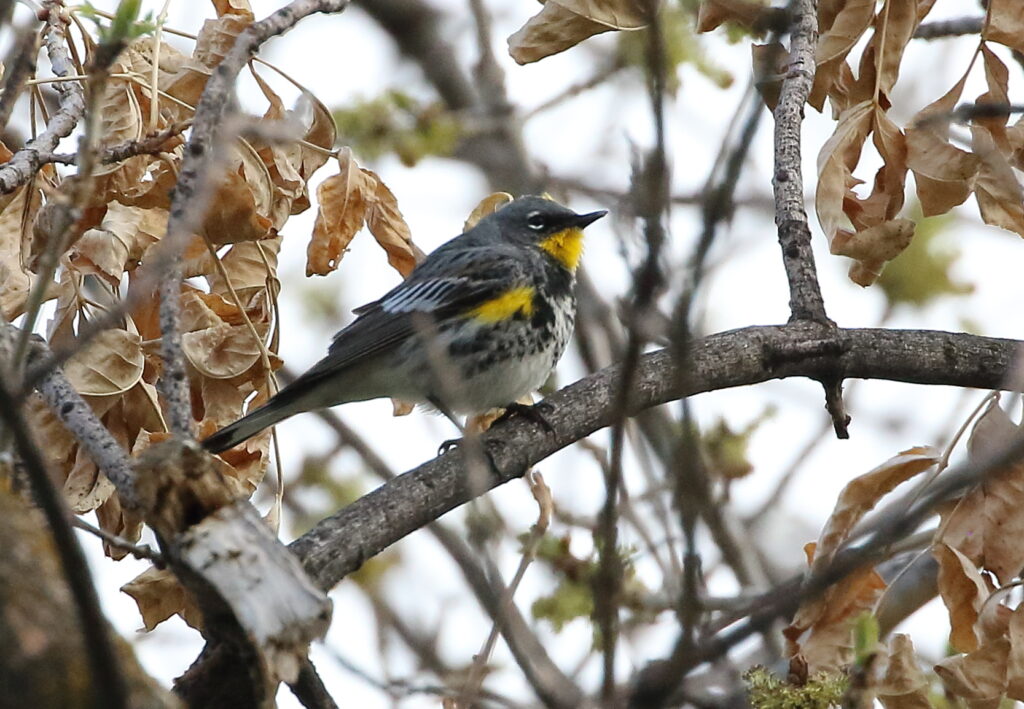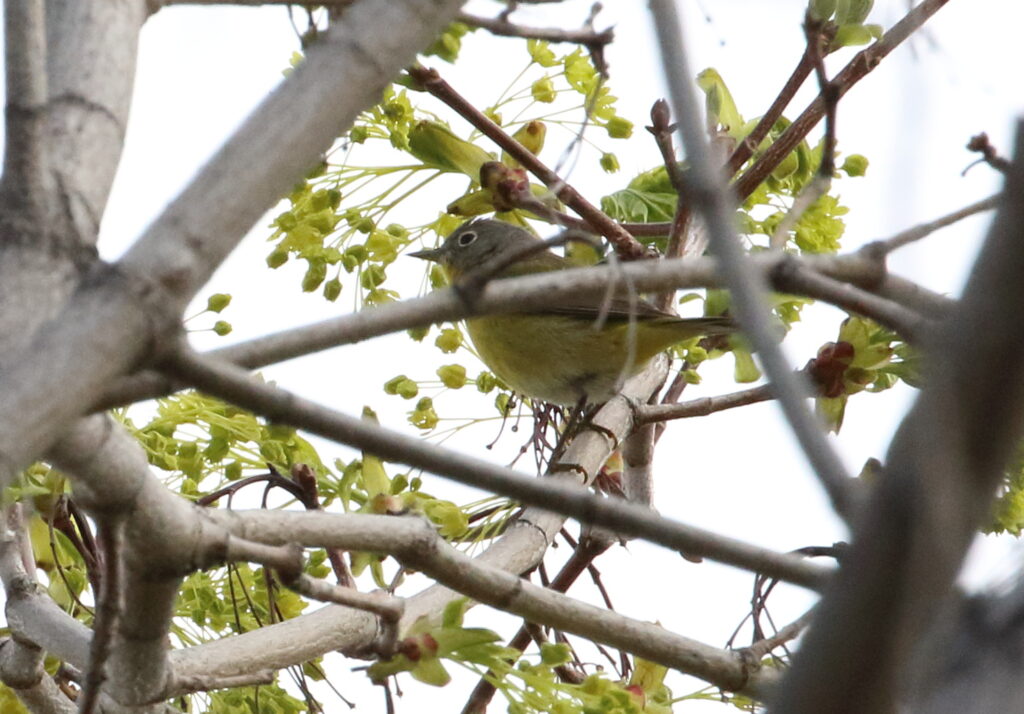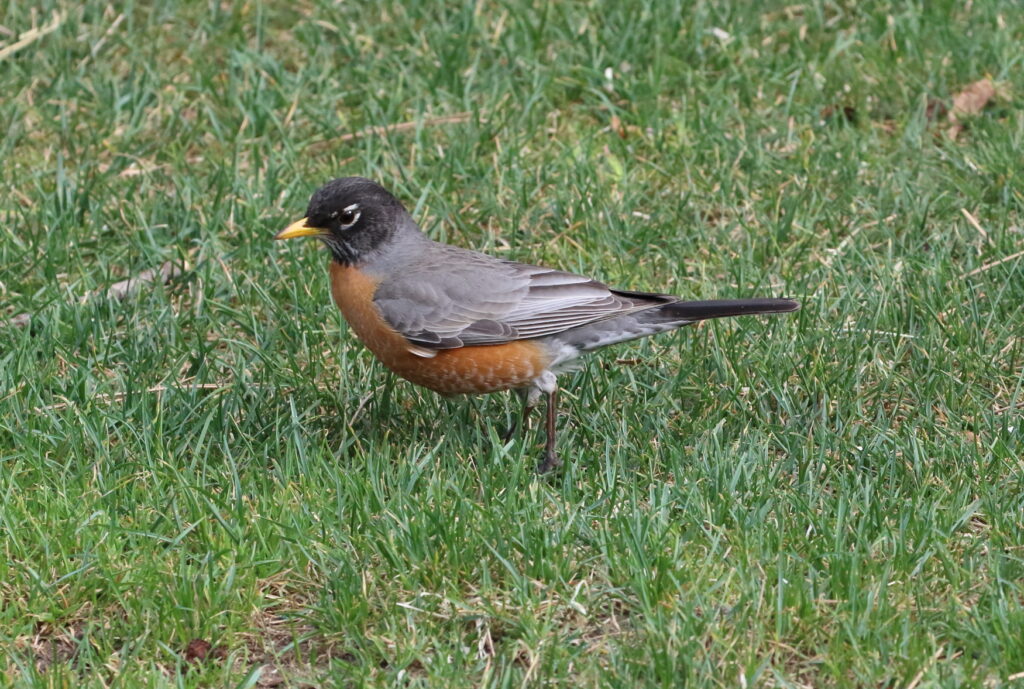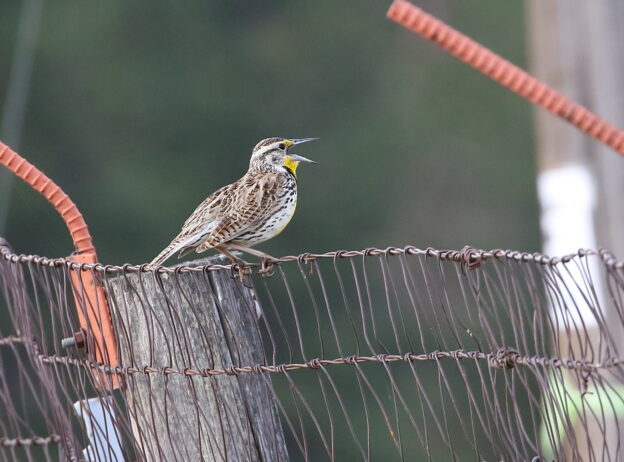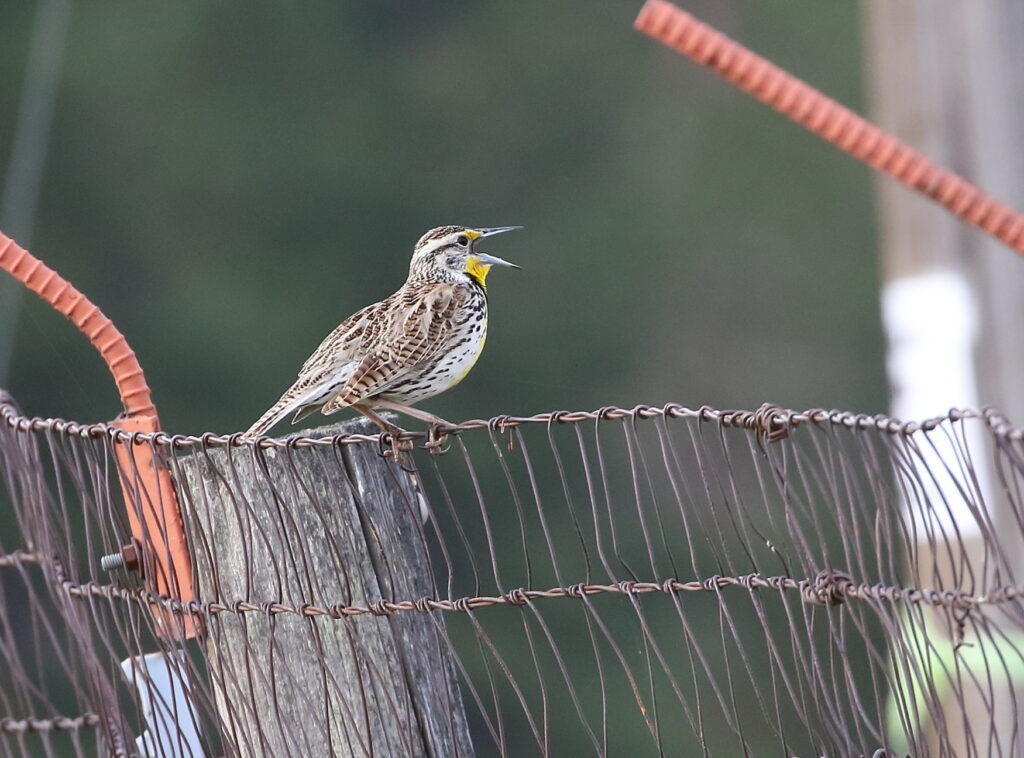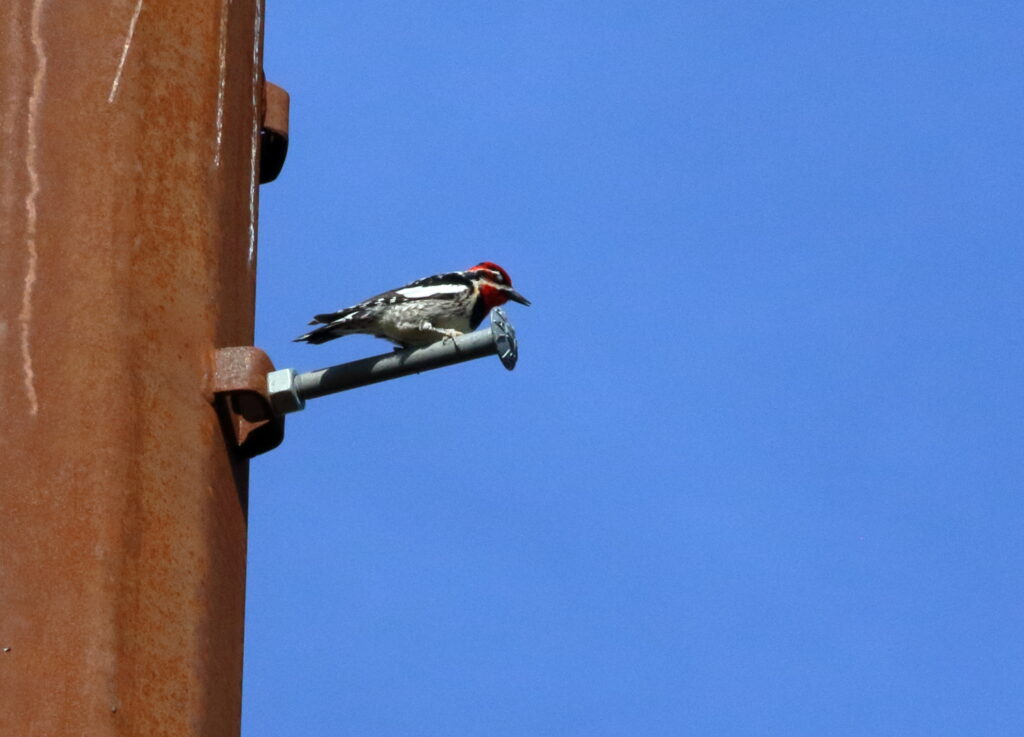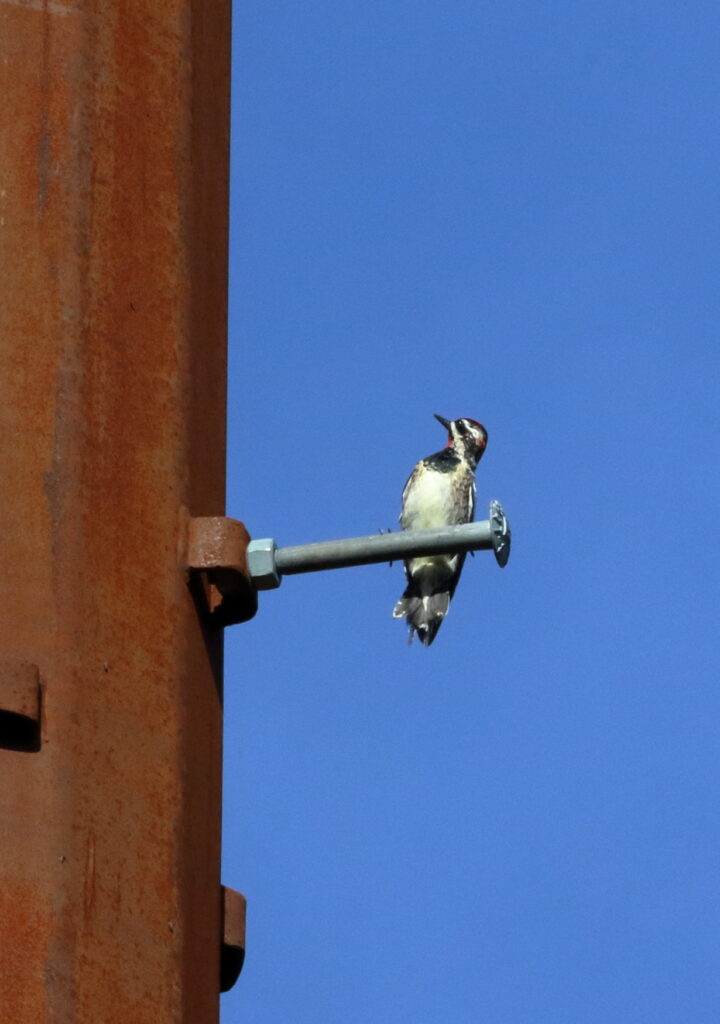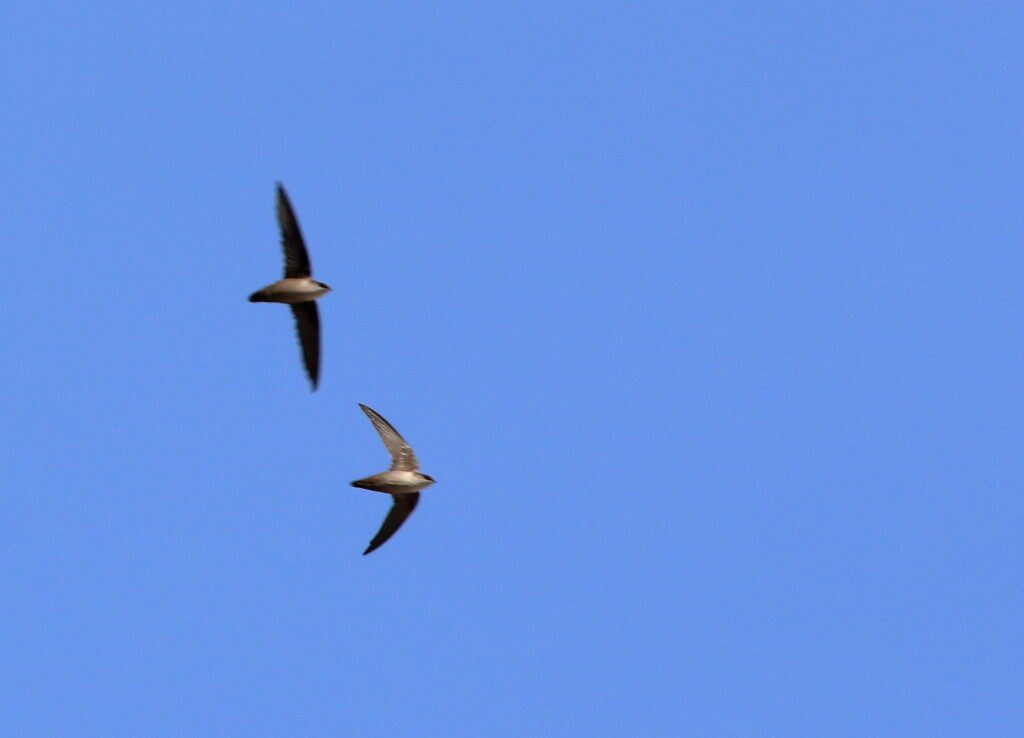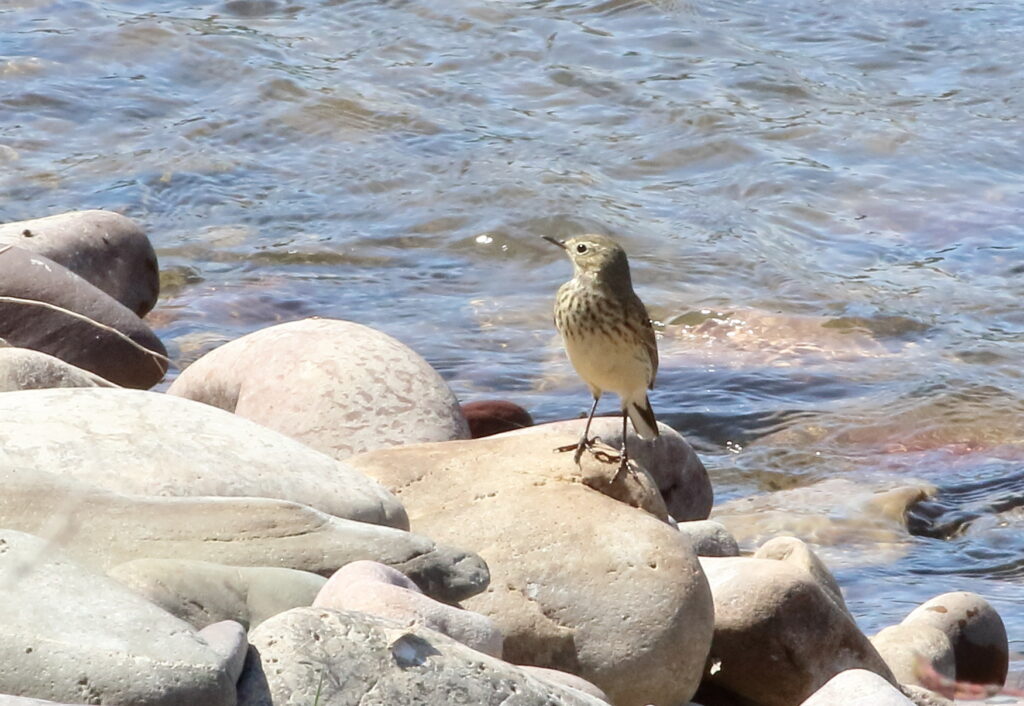During our Birding Therapy Week posts, FatherSonBirding achieved the milestone of receiving our ten thousandth view! To celebrate, we’d first like to thank all of you who have been following our adventures and other stories about our favorite non-human animals (including our dog, Lola,). We know that everyone has an avalanche of blogs, news, posts—and yes, even books and magazines—competing for reading attention, and we greatly appreciate each and every one of you. It also, though, seems like a good time to reflect and re-evaluate.
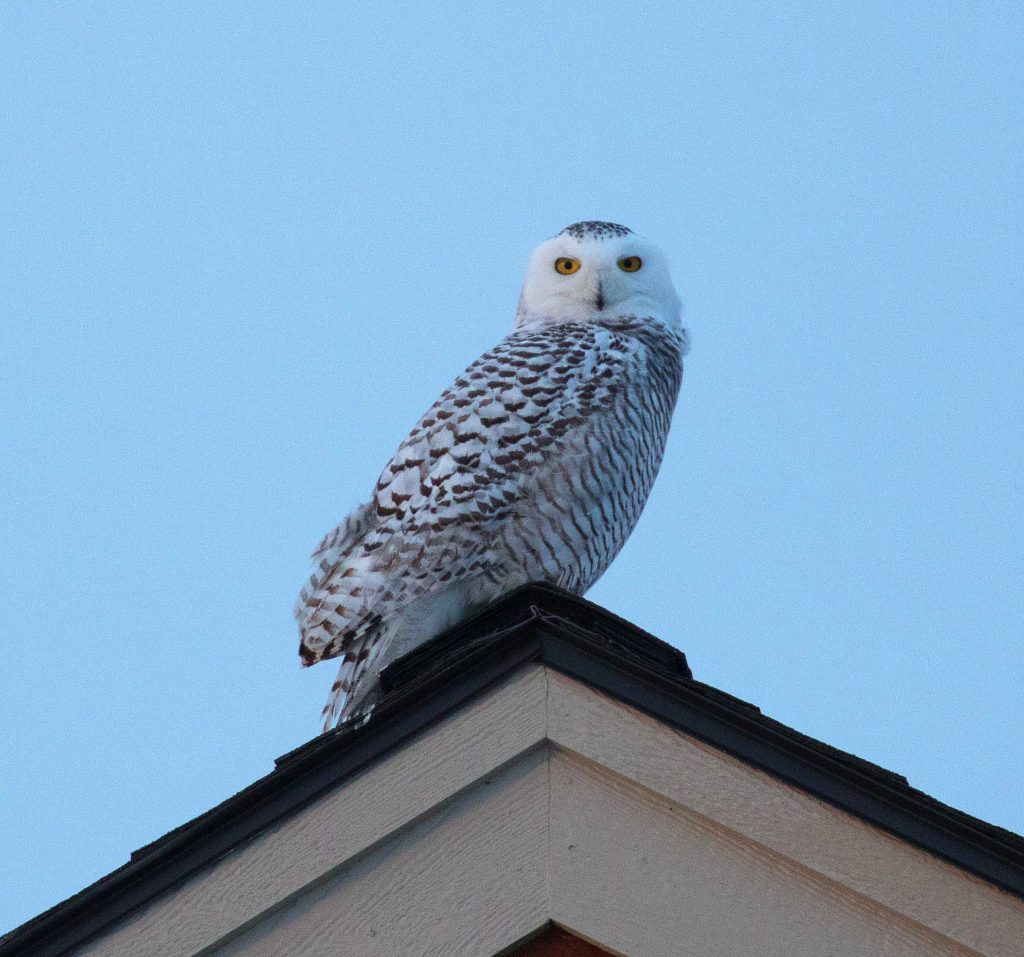
It seems hard to believe, but we launched FatherSonBirding more than three years ago with our post A Quest for Snowy Owls. Since that time, we’ve posted 81 times, and garnered 65 subscribers (there were actually more, but we lost several dozen while getting hacked by suspected Russian provocateurs). On average, about a hundred people read each post. Which is all good, but like a certain ex-president’s approval ratings, our numbers don’t really budge much. On top of that, Braden will be heading off to the University of Maine soon to begin his college career, highlighting the bittersweet fact that we will not have nearly as many birding adventures together as we’ve enjoyed the past few years.
That said, we could shift the focus of the blog from our birding exploits to bird conservation, bird education, or something else. In fact, if you are reading this, we ask that you send us your thoughts on where we might take this forum going forward—including just chugging along as we are, posting occasionally about something that strikes our fancy. Honestly, I (Sneed) have so many mixed feelings about social media that we will probably never do what it takes to build a huge following. I mean, we probably should have launched a blog about watching MineCraft videos or breaking plates over our heads or cooking Julia Childs’ recipes, but we didn’t. Still, we have enjoyed sharing with you and would love it if you’d take time to send us your honest thoughts about what might come next.
As you ponder those, we’d like to leave you with some photos from our best Montana Big Day ever last week, during which we drove 500 miles and found 114 species—the first time we’d ever seen more than 100 different birds in a day in Montana. Ironically, our Bird of the Day was one that we didn’t even see—an American Bittern that we heard calling in the Swan River National Wildlife Refuge! We’d gone looking for AMBIs at least seven or eight times the past two seasons, so it was a real thrill to finally hear one. We hope that you all are having great birding adventures this spring, whether it’s watching your backyard feeder or planning your own Big Day, Big Week, or Big Life!
—Sneed and Braden

